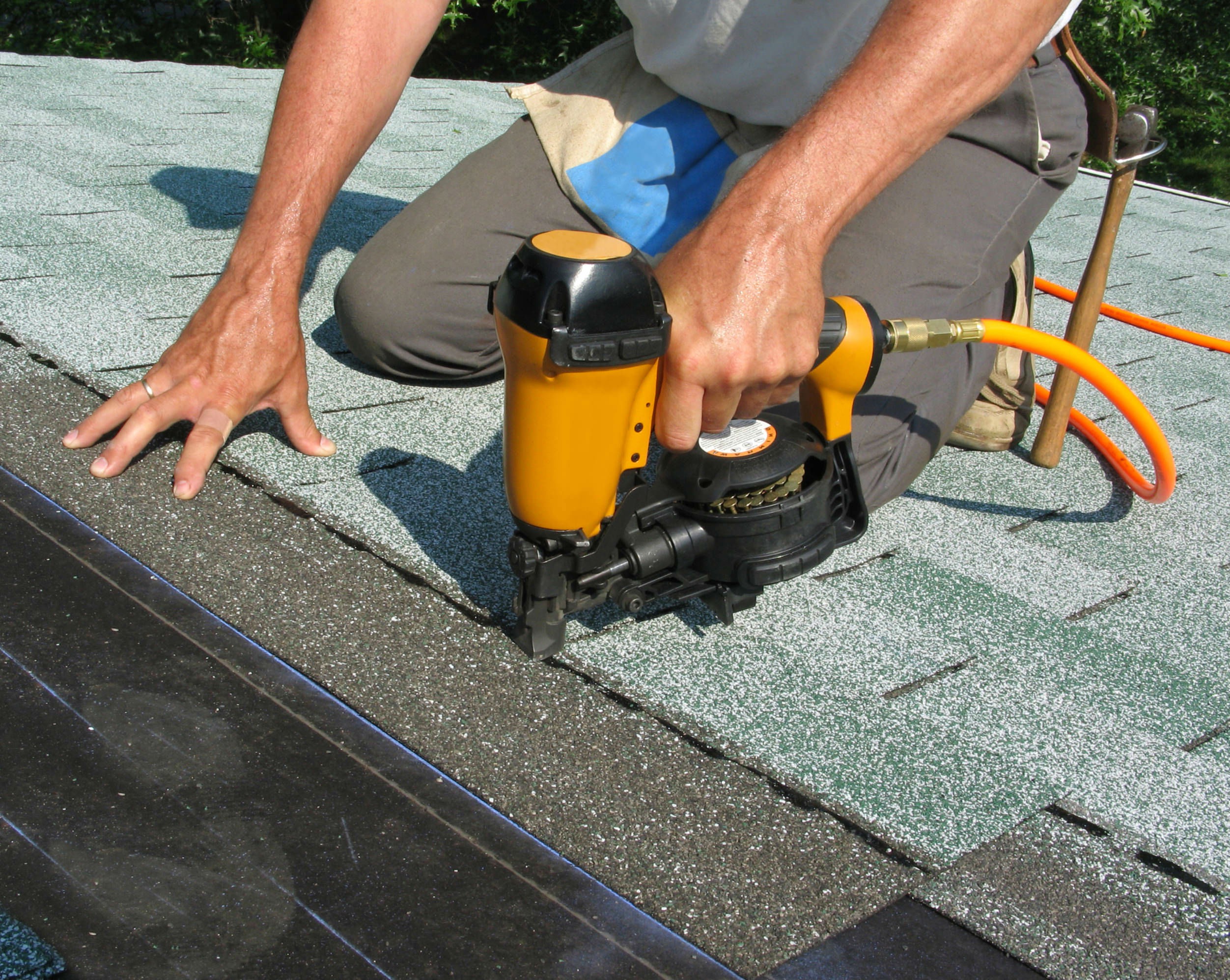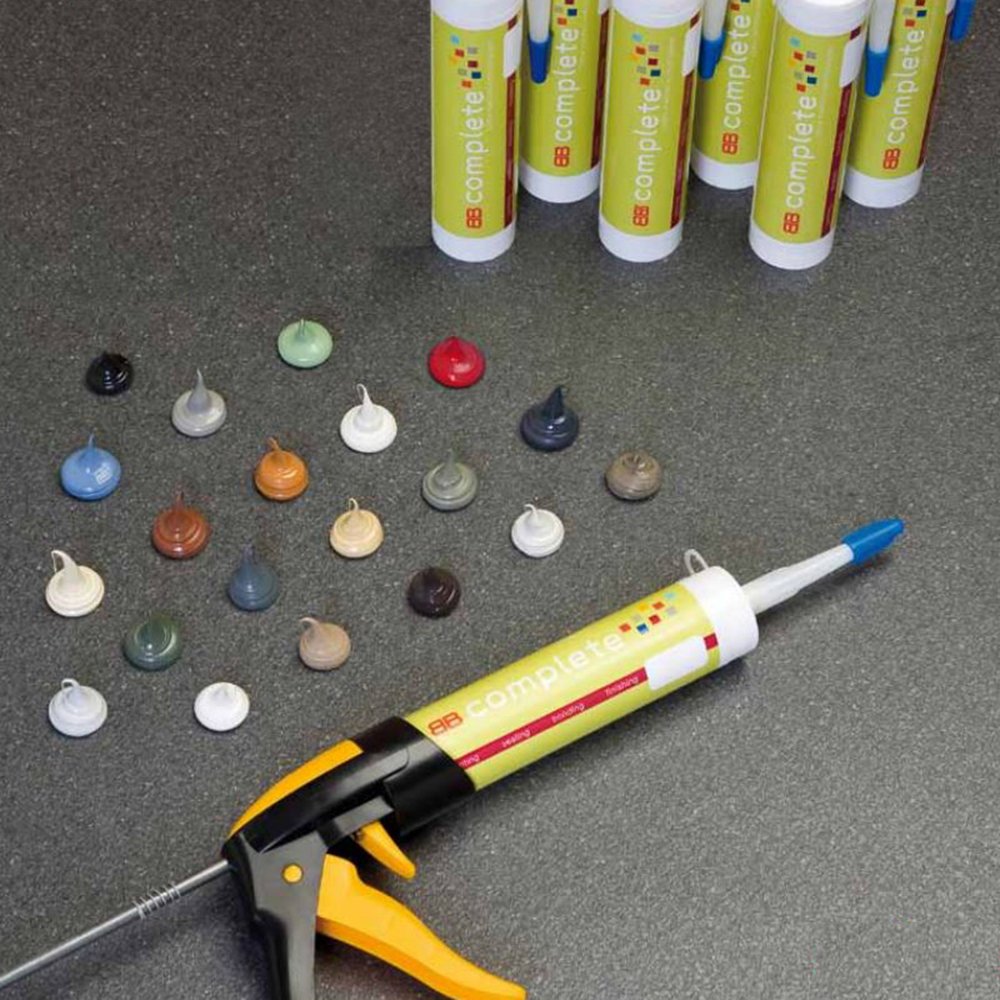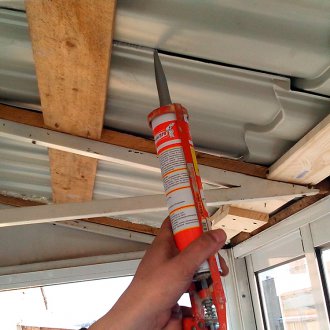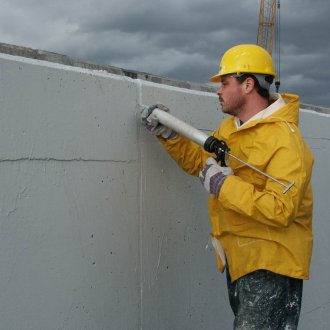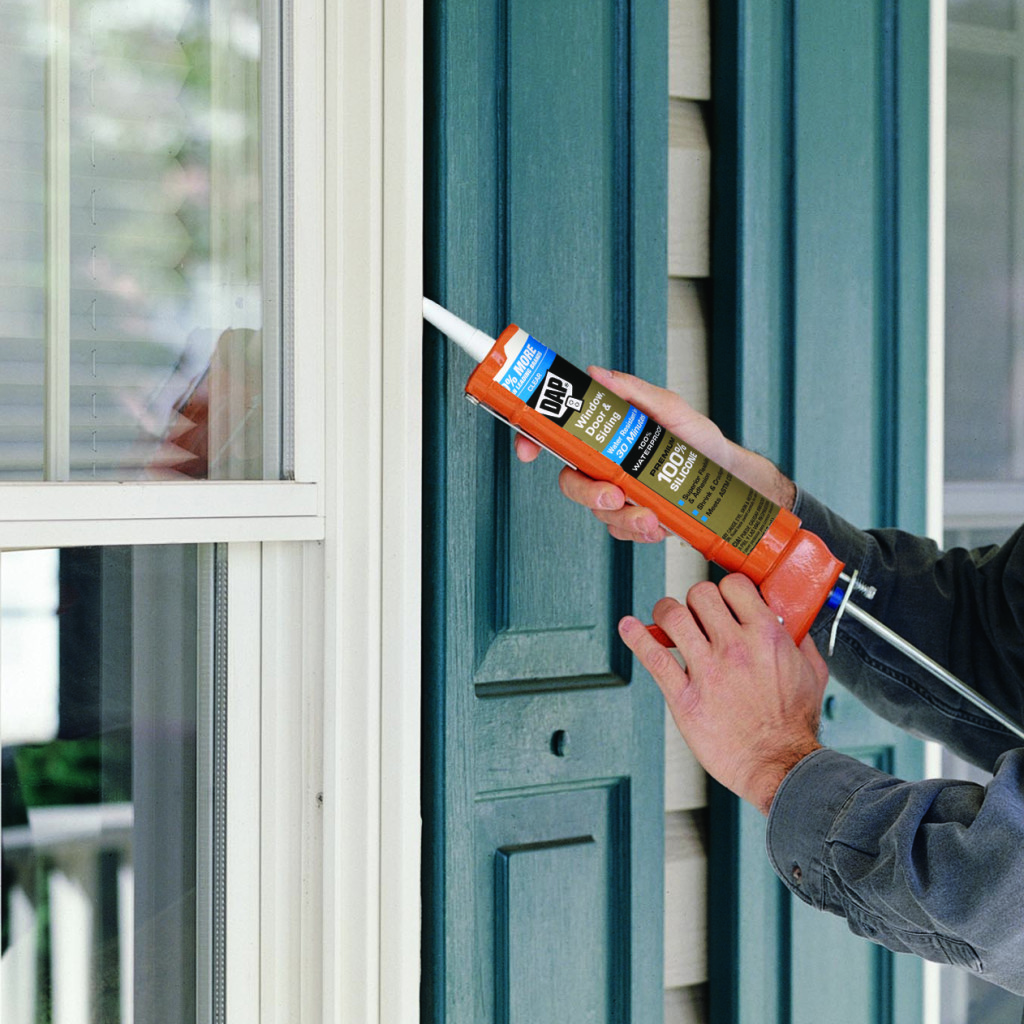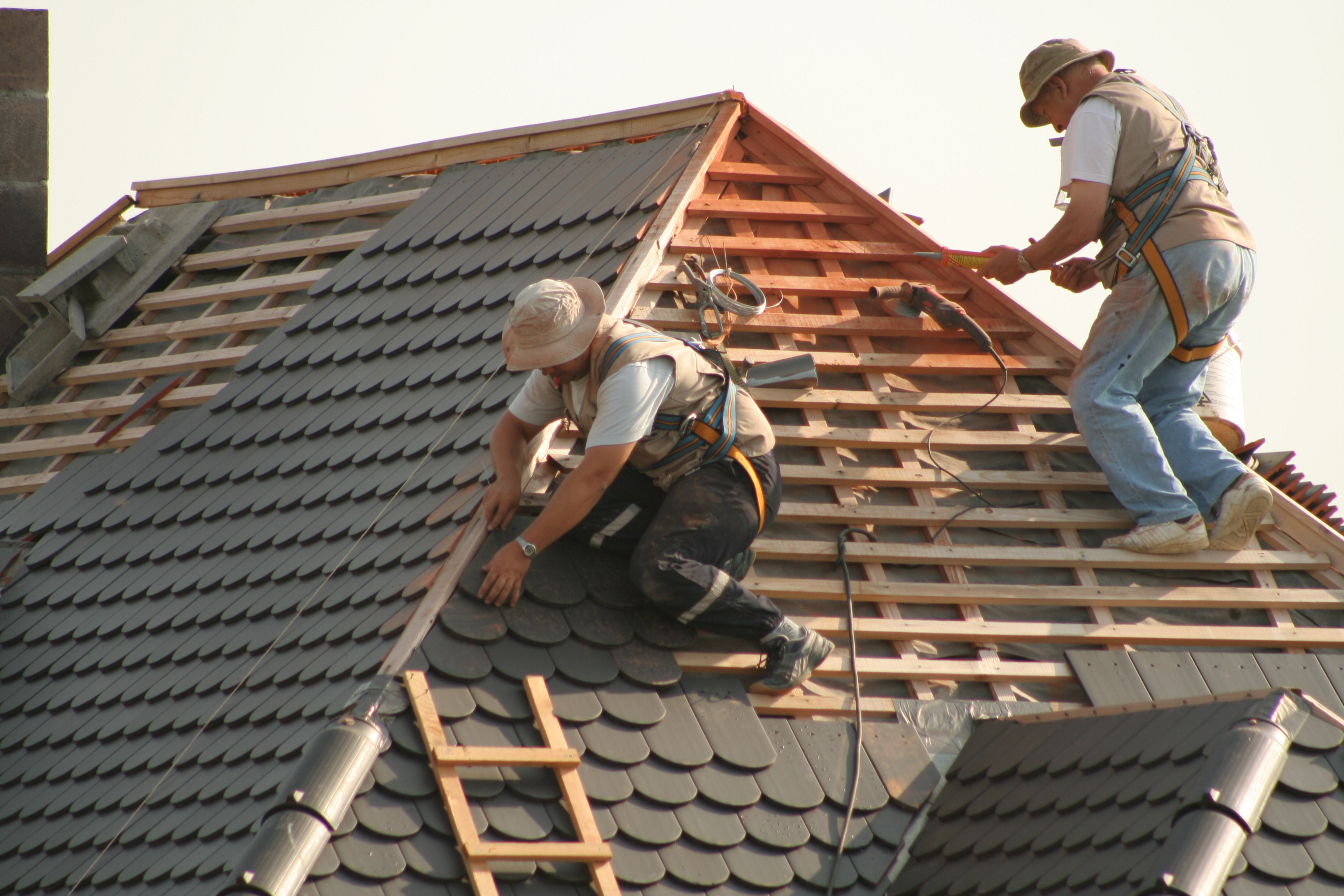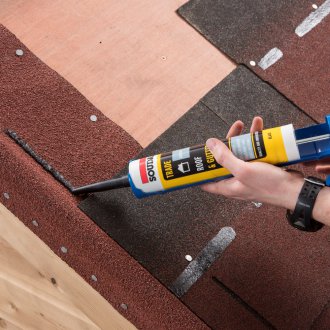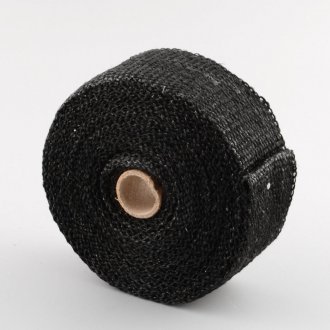Bituminous sealant - tight protection of the roof and foundation
Content
The tightness of the structure plays an important role for its life. Water is one of the main enemies of most building materials. A high level of protection against it is necessary for the roof and foundations that are in constant contact with water. The slightest gap in the roof or foundation block can cause structural damage. To protect against high humidity, bitumen sealant based on natural bitumen is used, which is a derivative of oil and is similar in texture to resin, which, in turn, is not affected by water and has effective hydrophobic properties. Man noticed these properties of the composition tens of thousands of years ago, so bitumen was used in the construction of buildings by Sumerian architects. The properties of the material made its use quite difficult, only the appearance of polymer additives allowed to significantly simplify the life of builders.
On the basis of bitumen in the late twentieth century, they began to produce waterproofing materials, which were called bitumen sealants. They have found the widest application on construction sites, when laying communications. Among their main advantages are affordable price, efficiency, and durability.
The main properties of bitumen sealants
Chemists managed to modify bitumen binders with polymers, this allowed to change the viscosity characteristics of natural material. The bitumen composition has become less exposed to aggressive factors such as temperature changes and severe frost. A high-quality bitumen-based sealant has the following basic properties:
- good adhesion to most building materials;
- hardened sealant layer is characterized by high elasticity and strength;
- It is a reliable protection against corrosion;
- when dried, cracks do not form;
- resistant to solar ultraviolet radiation;
- high biostability;
- unpretentiousness;
- does not contain carcinogens, is an environmentally friendly composition.
The performance characteristics of bitumen sealant provide it with widespread use at various stages of building construction.
Where is bitumen sealant used?
The fields of application of this material are different: it is the main sealant for roofs, it is used to seal containers, to protect wooden structures from high humidity, during the construction and repair of foundations. Used bituminous sealant for roofing during the following operations:
- sealing of the junction of sheet roofing materials;
- sealing joints of sheet materials with piece components - valleys, cornice strips, gables, wall profiles;
- sealing gaps between the wall profile and the wall;
- sealing of fasteners of such structures on the roof as snow retainers, stairs, antenna outputs;
- sealing the joints of roofing material and ventilation pipes.
It is possible to use bitumen sealants for urgent repairs of flat roofs, roofs made of bitumen slate, corrugated board and metal tile. The characteristics of the composition allow it to be used in the rain, while all places of leaks will be patched up efficiently.
Bitumen-polymer sealant is used as an adhesive for the installation of rolled waterproofing. It is effective for more reliable fixation of bituminous tiles and its components. When working with them, sealant is used in the arrangement of the most complex elements of the roof. When arranging a flat roof on concrete structures, it is necessary to repair the base. Slots and potholes in concrete can cause leaks. Using a roofing sealant, these defects can be qualitatively repaired by preparing a base for laying the material.
Another important area of application for bitumen-based sealants is the waterproofing of structures that are constantly in contact with water or earth. We are talking about the foundation blocks of concrete, wooden and metal poles used as the basis of fences. The sealant will protect against penetration of water into concrete and from premature destruction of blocks. This will provide the foundation with a long service life, and the structure guarantees reliability. Bitumen prevents corrosion of metal structures and protects wooden supports from decay.
Bituminous sealants are used to protect metal containers under water from corrosion, installed on household plots, cottages, and on farm premises. The material effectively protects against leakage non-pressure water pipes and sewage systems used in private homes.
Where can I use bitumen sealant?
The highest quality bituminous sealant for metal roofing or to eliminate leaks has limitations in use. This is due to its physical and mechanical properties, such as a range of operating temperatures, fluidity, viscosity. The use of bitumen-based roofing sealant for sealing joints to chimneys is not allowed. There is a high temperature that can make bitumen more fluid. The repairs made during the heating season during the summer will be nullified and melting snow will penetrate the roof cake design.
In construction today, porous materials are widely used - foam concrete, aerated concrete. If it is necessary to apply a waterproofing layer based on bitumen on them, the surface must be carefully primed. In this case, the sealant will not be absorbed into the base and will form a reliable waterproofing layer.
Do not apply thick layers of sealant to roofs or concrete, as they may not dry out. If it is necessary to create a powerful waterproofing, the method of layer-by-layer application is used, while the time required to dry the existing layer is carefully maintained.
Bituminous sealants have good adhesion to many substrates, and before applying the composition you can not worry about the cleanliness of the surface. Many manufacturers give similar recommendations, but do not take them literally. It is only about the presence of dust, small building debris in small quantities on the treated surface. They can play the role of a mineral filler for a bituminous sealant, but if there are oil stains on the surface, then there can be no talk of any adhesion to the base.
It is impossible to apply sealant to paint coatings, it is difficult to paint the treated surfaces. Bituminous compositions are distinguished by good vibration damping properties, but they are lost at low temperatures. If during the operation of the structure it constantly experiences vibrations, it is better to replace the bitumen sealant with rubber, which does not lose its properties at a temperature of -50-60ºС.
Application of bitumen sealant
Manufacturers offer various packaging of bitumen sealant, the most common are tubes and metal cans. Compositions in tubes are used for applying narrow seams.To facilitate the work, it is worth using a mounting gun, which allows you to gently squeeze the sealant out of the container. With its help, it is possible to effectively seal complex assemblies on the roof, the installation location of fasteners.
The sealant supplied in cans or plastic buckets is applied with a spatula. Such packing is convenient for large volumes of waterproofing of foundations, tanks, piles. Waterproofing is applied in layers, the excess is removed with a spatula.
When working, bitumen sealant can get into your hands, unlike acrylic materials it will be impossible to wash it with water. For this reason, it is recommended to work with gloves, but if the composition gets on the skin, then it can be removed using white spirit. This solvent is applied in small amounts to a clean rag and with its help, the contaminated surface is cleaned. No white spirit at hand? Use makeup remover, which is likely to be found in your purse from your spouse or colleague. After processing and getting rid of bitumen, it is imperative to wash your hands with soap.


